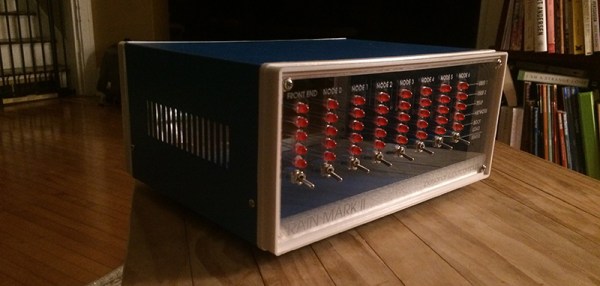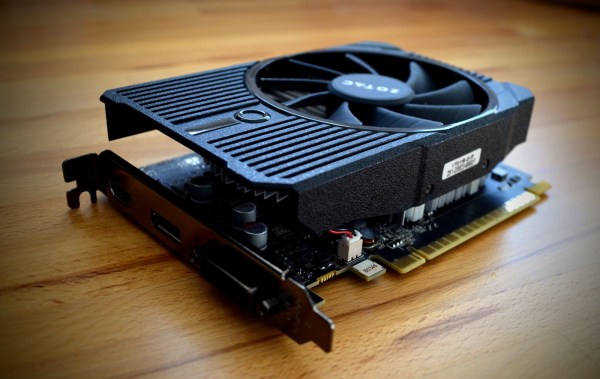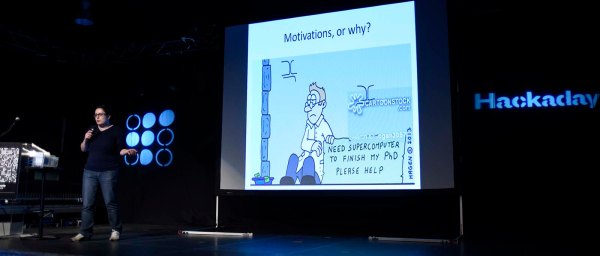Somewhere in the recesses of my memory there lives a small photograph, from one of the many magazines that fed my young interests in science and electronics – it was probably Popular Science. In my mind I see a man standing before a large machine. The man looks awkward; he clearly didn’t want to pose for the magazine photographer. The machine behind him was an amazing computer, its insides a riot of wires all of the same color; the accompanying text told me each piece was cut to a precise length so that signals could be synchronized to arrive at their destinations at exactly the right time.
My young mind was agog that a machine could be so precisely timed that a few centimeters could make a difference to a signal propagating at the speed of light. As a result, I never forgot the name of the man in the photo – Seymour Cray, the creator of the supercomputer. The machine was his iconic Cray-1, the fastest scientific computer in the world for years, which would go on to design nuclear weapons, model crashes to make cars safer, and help predict the weather.
Very few people get to have their name attached so firmly to a product, let alone have it become a registered trademark. The name Cray became synonymous with performance computing, but Seymour Cray contributed so much more to the computing industry than just the company that bears his name that it’s worth taking a look at his life, and how his machines created the future.
Continue reading “Seymour Cray, Father Of The Supercomputer”





















